They fought to protect rivers, oceans, drinking water and wildlife — and won
Meet this year's inspirational Goldman Environmental Prize winners. Plus, hopeful headlines and an homage to Pope Francis.
Activists from throughout the world who fought dams, mining, ports, polluters and toxic trash in order to protect animals, rivers, oceans and drinking water were recognized through the Goldman Environmental Prize on Earth Day 2025. Our mission at Earth Hope is to inspire action by highlighting environmental success stories. There are no better examples than these outstanding women and men.
AFRICA: FIGHTING EXPORTS of TOXIC TRASH FROM EUROPE
Semia Gharbi helped spearhead a campaign that challenged a corrupt waste trafficking scheme between Italy and Tunisia, resulting in the return of 6,000 tons of illegally exported household waste back to Italy, its country of origin, in February 2022. More than 40 corrupt government officials and others involved in waste trafficking in both countries were arrested in the scandal. Her efforts spurred policy shifts within the EU, which has now tightened its procedures and regulations for waste shipments abroad.
Read more about Semia and her work.

ASIA: PROTECTING ANCIENT HERDS and LANDS FROM MINING
Batmunkh Luvsandash — Mongolia
Determined to protect his homeland from mining, Batmunkh Luvsandash’s activism resulted in the creation of a 66,000-acre protected area in Dornogovi province in April 2022, abutting tens of thousands of acres already protected by Batmunkh and allies. Home to Argali sheep, 75 percent of the world’s population of endangered Asiatic wild ass, and a wide variety of endemic plants, the protected area forms an important bulwark against Mongolia’s mining boom.
Read more about Batmunkh and his work.
EUROPE: PREVENTING DAMS on a FREE-FLOWING RIVER
Besjana Guri and Olsi Nika — Albania
Besjana Guri and Olsi Nika’s campaign to protect the Vjosa River from a hydropower dam development boom resulted in its historic designation as the Vjosa Wild River National Park by the Albanian government in March 2023. This precedent-setting action safeguards not only the entirety of the Vjosa’s 167 miles — which flow freely across Albania — but also its free-flowing tributaries, totaling 250 miles of undisturbed river corridors. The Vjosa ecosystem is a significant bastion of freshwater biodiversity that provides critical habitat for several endangered species. The new national park is both Albania and Europe’s first to protect a wild river.
Read more about Besjana and Olsi and their work.
published an intimate travelogue of whitewater kayaking down the Vjosa River in December.ISLANDS & ISLAND NATIONS: CANCELLING PORT PLANS for a MARINE PROTECTION ZONE
Carlos Mallo Molina – Canary Islands
Carlos Mallo Molina helped lead a sophisticated, global campaign to prevent the construction of Fonsalía Port, a massive recreational boat and ferry terminal that threatened a biodiverse 170,000-acre marine protected area in the Canary Islands. Proposed to be built on the island of Tenerife, the port would have destroyed vital habitat for endangered sea turtles, whales, and sharks. In October 2021, because of the campaign, the Canary Islands government officially canceled the port project. In lieu of the port, Carlos is now realizing his vision for a world-class marine conservation and education center — the first of its kind in the Canary Islands.
Read more about Carlos and his work.
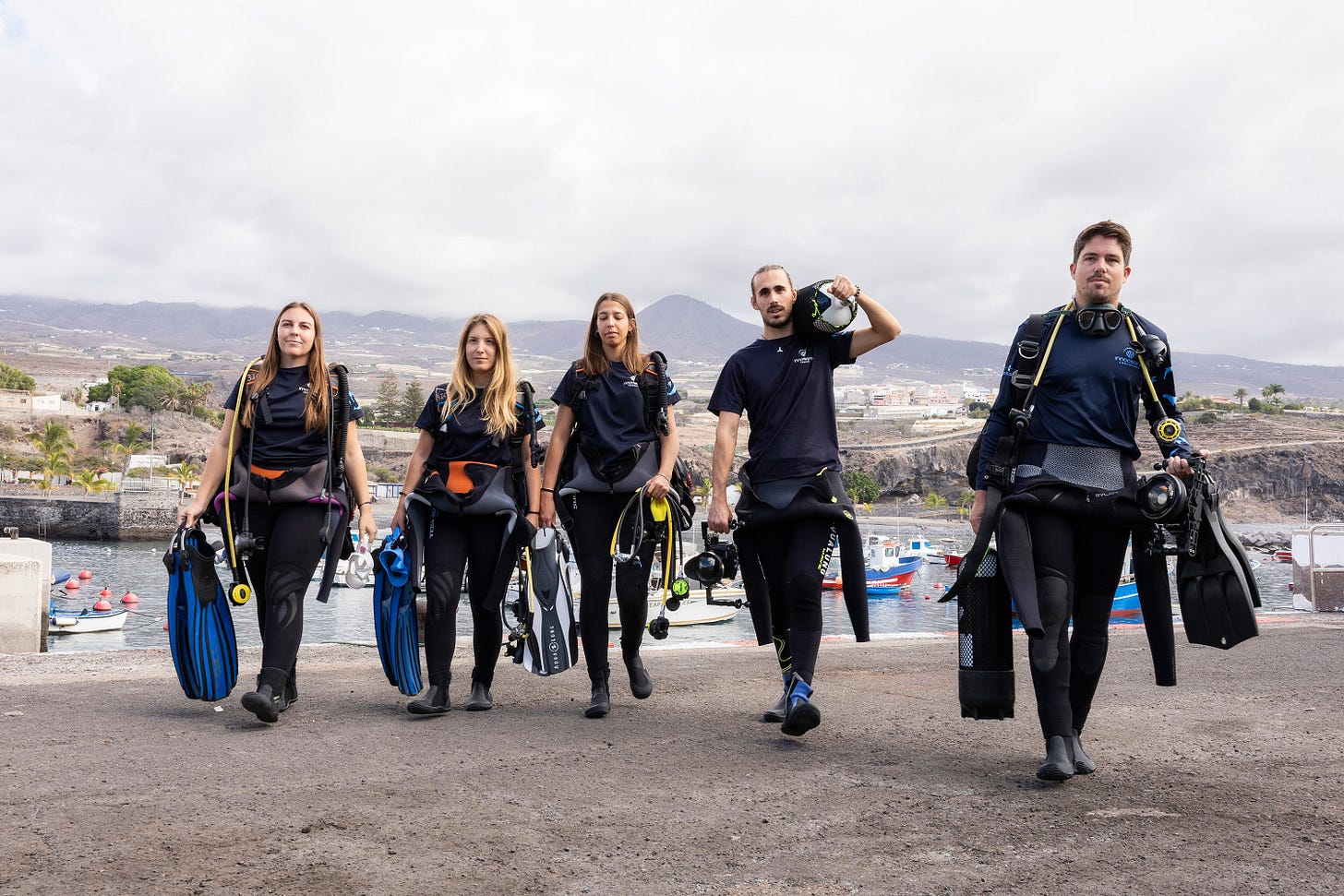
NORTH AMERICA: SHUTTING DOWN a POLLUTING PLASTICS PLANT
When one of the largest environmental crises in New England’s history was exposed in her own community, Laurene Allen stepped up to protect thousands of families affected by contaminated drinking water. Laurene’s campaign pressured the Saint-Gobain Performance Plastics plant — responsible for leaking toxic forever chemicals into community drinking water sources — to announce its closure in August 2023. The plant’s closure in May 2024 marked an end to more than 20 years of rampant air, soil, and water pollution.
Read more about Laurene and her work.
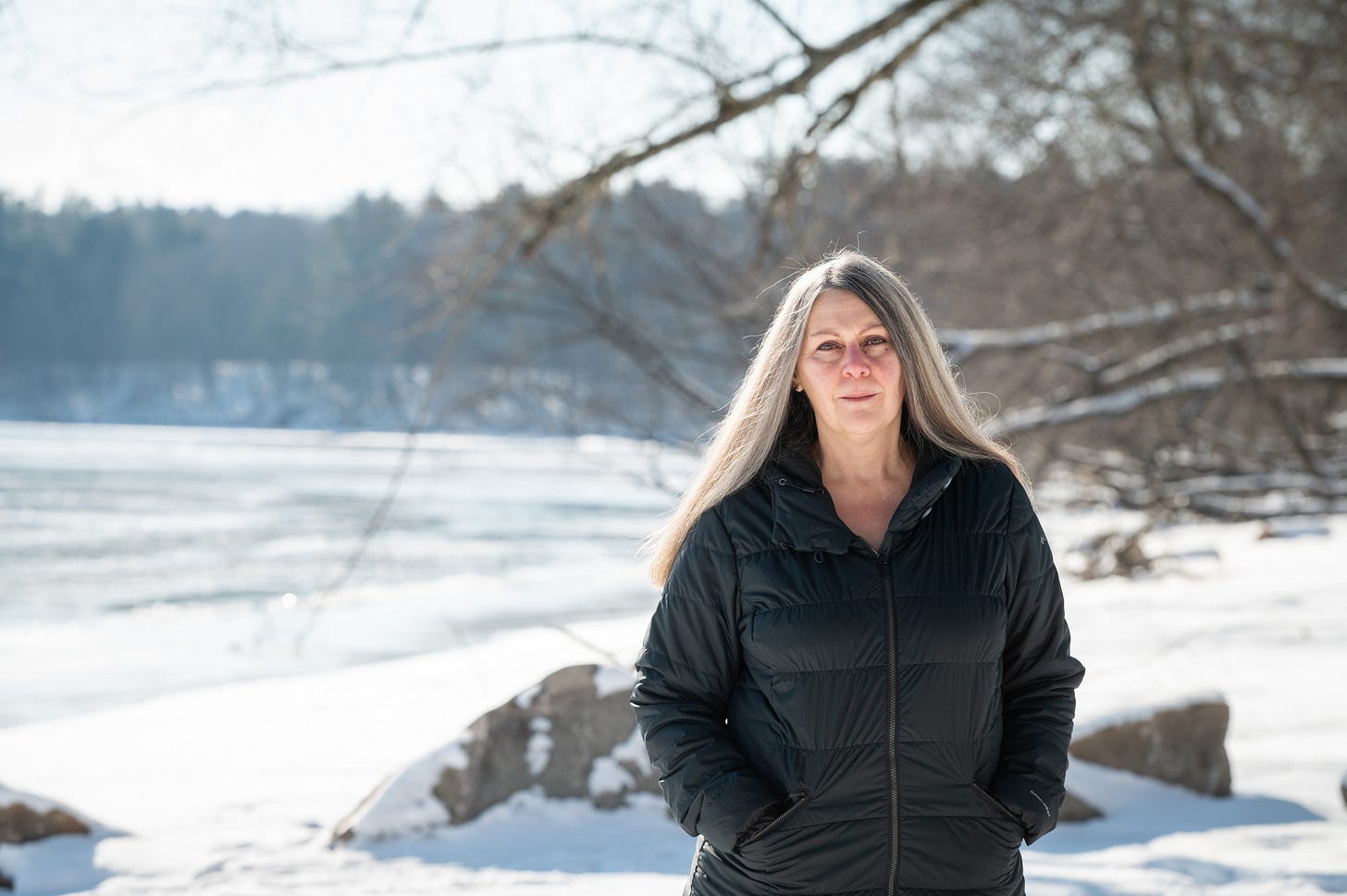
SOUTH & CENTRAL AMERICA: WOMEN SECURE LEGAL RIGHTS for a PERUVIAN RIVER
Mari Luz Canaquiri Murayari — Peru
In March 2024, Mari Luz Canaquiri Murayari and the women’s association for which she serves as president — won a landmark rights-of-nature court decision to protect the Marañón River in Peru. For the first time in the country’s history, a river was granted legal personhood — with the right to be free-flowing and free of contamination. After finding the Peruvian government in violation of the river’s inherent rights, the court ordered the government to take immediate action to prevent future oil spills into the river, mandated the creation of a basin-wide protection plan, and recognized the group as stewards of the river.
Read more about Mari and the work of the Asociación de Mujeres Huaynakana Kamatahuara Kana.
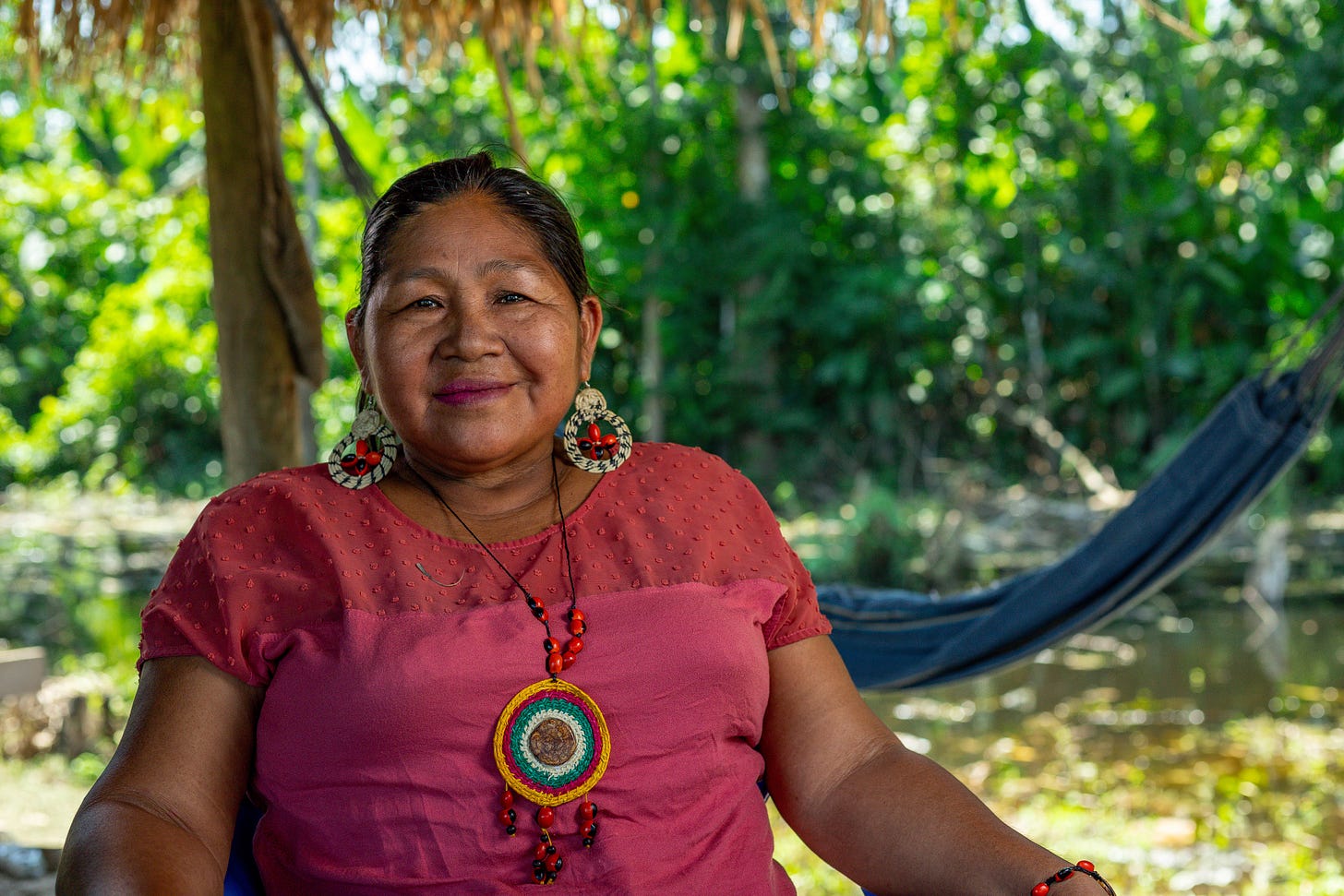
Earth Hope is not affiliated with the Goldman Environmental Foundation.
Hopeful Headlines

Mystical eagle thought to be extinct in Mexico reappears in Chiapas
The Mexico News Daily reports that community-led monitoring helped rediscover the harpy eagle, the largest bird of prey in Central and South America:
The harpy eagle’s reappearance in Chiapas — a southeastern Mexican state historically part of its range — comes after a 2011 photograph by an Indigenous guide near the Mexico-Guatemala border reignited search efforts.
Monroy-Ojeda credited the monitors from Siyaj Chan, a group of Indigenous community members who live near the Chiapas-Guatemala border. Its participants conduct regular field visits and wildlife monitoring, and have received training and equipment.
Community protects Haiti’s biodiverse national park
Headlines from Haiti are rarely positive, so this story from The Haitian Times really caught my eye. Pic Macaya National Park covers 60,000 square miles. Neighbors who once harvested trees from the park are now its staunchest protectors. The park is home to 6,500 species of plants, including:
141 varieties of orchids, 38 of them endemic
102 species of ferns with three endemic
Nearly 100 species of moss
367 varieties of flowering plants
Animals include:
220 species of birds
57 species of mollusks
11 species of butterflies, including the endemic calisto loxias
Six species of frogs, including two types formerly believed extinct
As of 2024, preservationists had planted trees on 1,488 acres of the park … . The effort significantly increased forest cover despite environmental challenges over the past eight years.
“It’s extraordinary to see that people who once cut down trees for charcoal or farmed in the park are now its greatest advocates,” [Anne-Isabelle] Bonifassi added. “This is a tremendous achievement. All this, despite the very difficult socioeconomic situation in Haiti, demonstrates our unwavering commitment to our mission.”
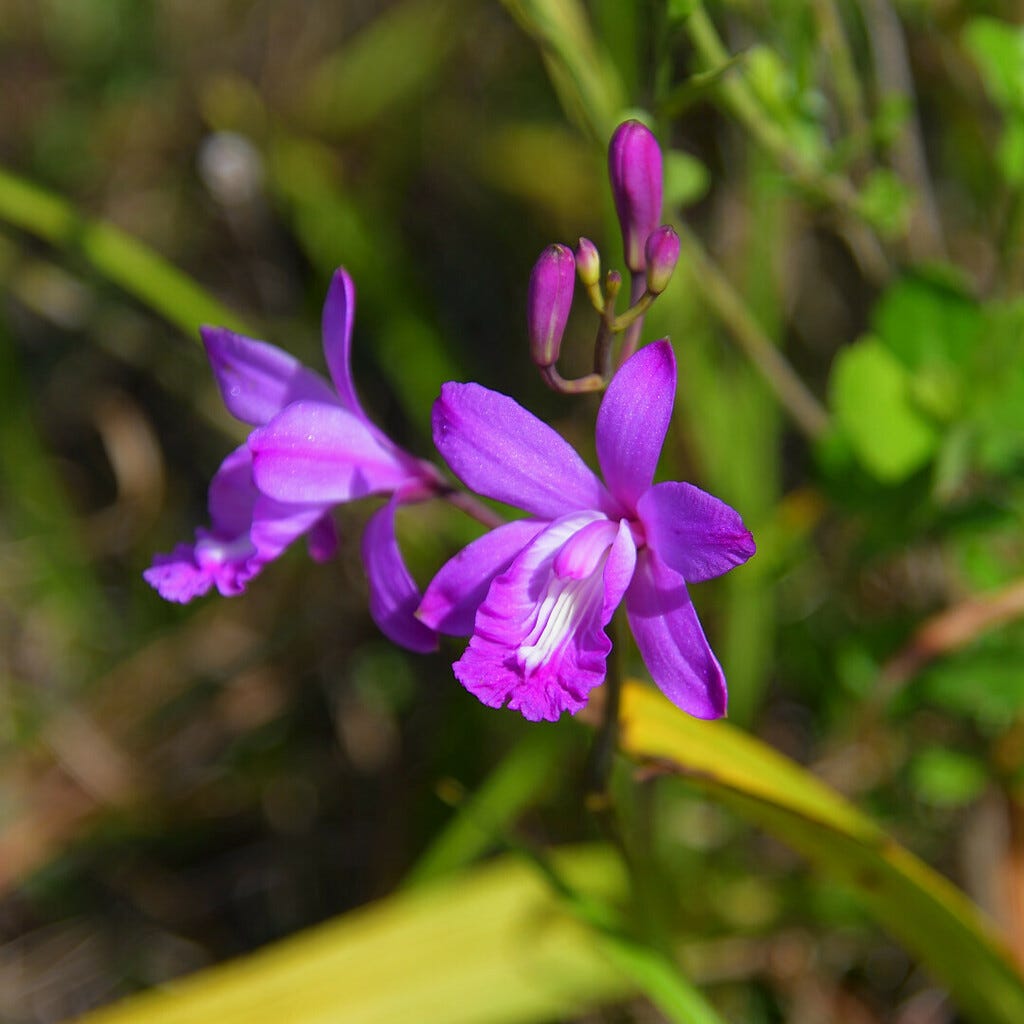
Far from monsters: American alligators as ecosystem engineers
American alligators were hunted by the millions to near extinction and they were listed as endangered in 1967. Now, more than three million are thriving in the swamps of the American Southeast. Scientists are beginning to unravel the ecosystem services they provide through their ponds, nests and protective behavior.
While the cute, herbivorous beaver is widely celebrated for stewarding temperate wetlands, it is the "gnarly swamp monsters" who deserve plaudits in the southeastern United States and many other places, says Murray, associate professor at Southeastern Louisiana University. "I think we're just beginning to understand that crocodilians, in general, and specifically alligators, do a lot more good than we think."
Don’t miss the alligator who is an emotional support animal.

Palmyra Atoll, Pacific Ocean: Once-extinct Guam kingfishers lay first wild eggs in 40 years
Guam kingfishers went extinct on their home island of Guam by 1986 due to predation by non-native brown tree snakes. A captive breeding program kept the species alive and, last fall, nine birds were released to the wild on Palmyra Atoll, a predator-free island 4,000 miles east of Guam. Now, the birds have laid eggs in their new home, raising hopes that, one day, the species will not only be able to rebound, but recolonize Guam once the snake situation has been addressed.
From the The Nature Conservancy:
After their remarkable release last autumn, the four female and five male birds quickly explored their new home, learning how to forage and hunt new prey within the tropical forest. Four pairs have since established territories, built nests, and three of the pairs have laid eggs, marking the first time the species has bred in the wild since its extinction from their native island of Guam in the 1980s.
“We’re delighted that all nine of the birds are not only surviving on Palmyra Atoll, they’re already starting the next stage of their journey as we work to reestablish a thriving and fully self-sustaining Sihek population in the wild,” says Dr. Caitlin Andrews, Bird Conservation Scientist with TNC’s Island Resilience Strategy and ZSL (Zoological Society of London). “It’s taken years of planning to get to this point, and it’s wonderful seeing their instincts kick in as they’ve been catching geckos and spiders and excavating nests. Their strength provides hope they will one day be back on Guam.”

UK: West Sussex kelp forests rebound after ban on bottom trawling
Over 400 citizen scientists are helping to document the recovery of a kelp forest off the coast of Sussex after destructive bottom trawling was banned in 2021. Trawling and severe storms had eliminated 96 percent of kelp forest cover in the region.
Now, lobster, crab, sharks, seahorses, mussels, mackerel, sand eels, mullets and charmingly named honeycomb worms have returned, according to the Sussex Kelp Recovery Project.
Local freediver Eric Smith told BBC: "I was apprehensive about what I'd find this year after such a stormy winter, but to my absolute delight, I witnessed a dramatic increase in marine biodiversity."
USA: Nine states have set goals to conserve 30 percent of their land by 2030. Maryland got there first.
From The New York Times:
Officials, land trustees and environmentalists said a unique set of factors led to Maryland’s success. Since 1969, Maryland has levied a 0.5 percent transfer tax on real estate sales and used it for Program Open Space, which enables the state to acquire green spaces from voluntary sellers and purchase conservation easements from private landowners.
…
According to Mr. Kurtz’s office, land conservation measures have prevented about 85,000 pounds of nitrogen and 6,000 pounds of phosphorus, which fuel algae blooms and starve water of oxygen, from flowing into the bay each year. The University of Maryland calculated that the state’s trees and forests absorbed and locked away 6.5 million metric tons of carbon dioxide in 2023.
London, Paris say bye-bye to cars, hello cyclists and peds
While New York continues to defend its congestion pricing program against administration attacks, London and Paris are breezing forward with progressive policies to limit cars.
London has a third less car traffic now than it did in 1999, while cycling increased 57 percent between 2022 and 2024. Overall, “People walking, wheeling and cycling now make up three quarters of observed travel activity (up from two-thirds in 2022) and this rises to 85% during peak hours,” according to a City of London report. So, there are three times more walkers and riders than cars in London during peak hours. Wow. (Thanks to Fix the News for first highlighting this report.)
Meanwhile, Paris has voted to remove cars from another 500 of its streets, bringing the total number of car-free streets to nearly 700.

Rest in Peace, Pope Francis, the world’s greatest climate activist
Please read
’s eulogy to Pope Francis, who chose to be named after Saint Francis of Assisi, patron saint of ecology.The ecological problems we face are not, in their origin, technological, says Francis. Instead, “a certain way of understanding human life and activity has gone awry, to the serious detriment of the world around us.”
NPR: Pope Francis focused on climate change as the planet continued to get hotter
The New York Times: How Pope Francis Helped Inspire the Global Movement Against Climate Change
Euronews: How Pope Francis helped inspire global climate action
Perhaps his most striking note on the subject was Laudato si’: On Care For Our Common Home, a 184-page landmark document published in 2015. In this pastoral letter, Pope Francis laments the state of environmental damage and global warming, criticising consumerism and taking aim at the “modern myth of unlimited material progress”.

Did you know 89 percent of the world wants climate action? Thanks to writer
for pointing us to this Guardian article, letting us know we are far from alone:A huge 89% majority of the world’s people want stronger action to fight the climate crisis but feel they are trapped in a self-fulfilling “spiral of silence” because they mistakenly believe they are in a minority, research suggests.
Making people aware that their pro-climate view is, in fact, by far the majority could unlock a social tipping point and push leaders into the climate action so urgently needed, experts say.
We’re all in this together.
We’re not alone.
We can do this.
About Earth Hope:
Earth Hope is a solutions-based journalism project that highlights environmental success stories from around the globe to inspire action. I’m Amanda Royal, a former newspaper reporter and current eco-news junkie. Read more about this project and what inspired it.
Visit earthhope.substack.com for more stories. Visit my Services page if you’re a writer who’d like some help figuring out Substack.
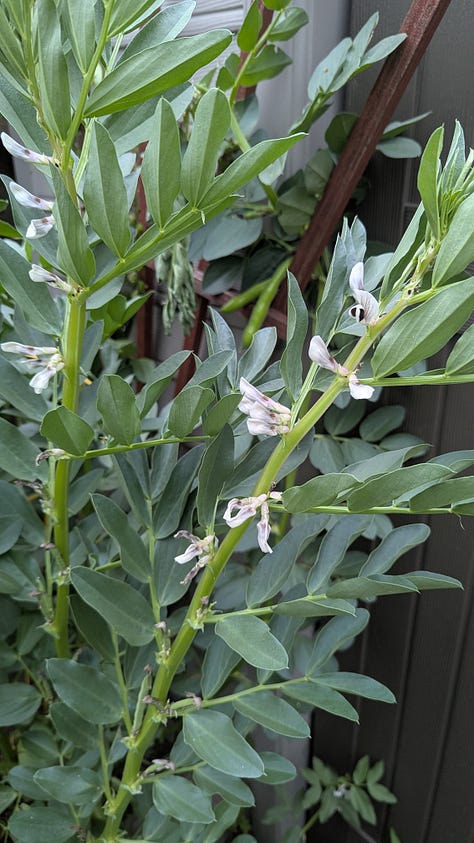
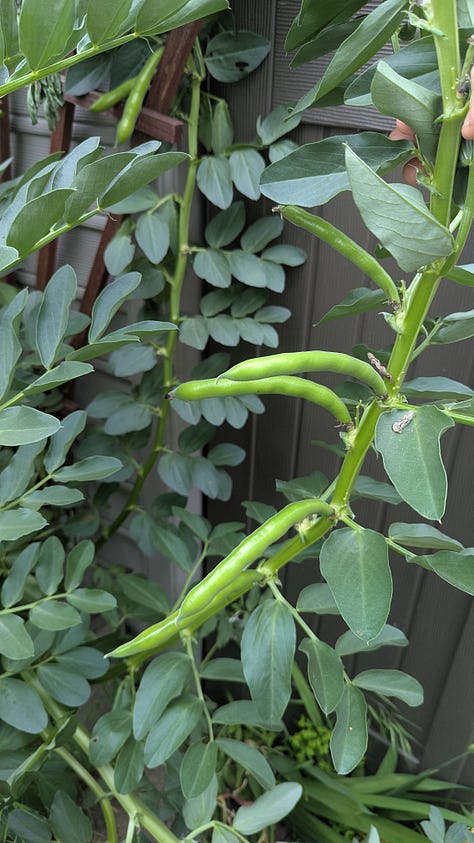


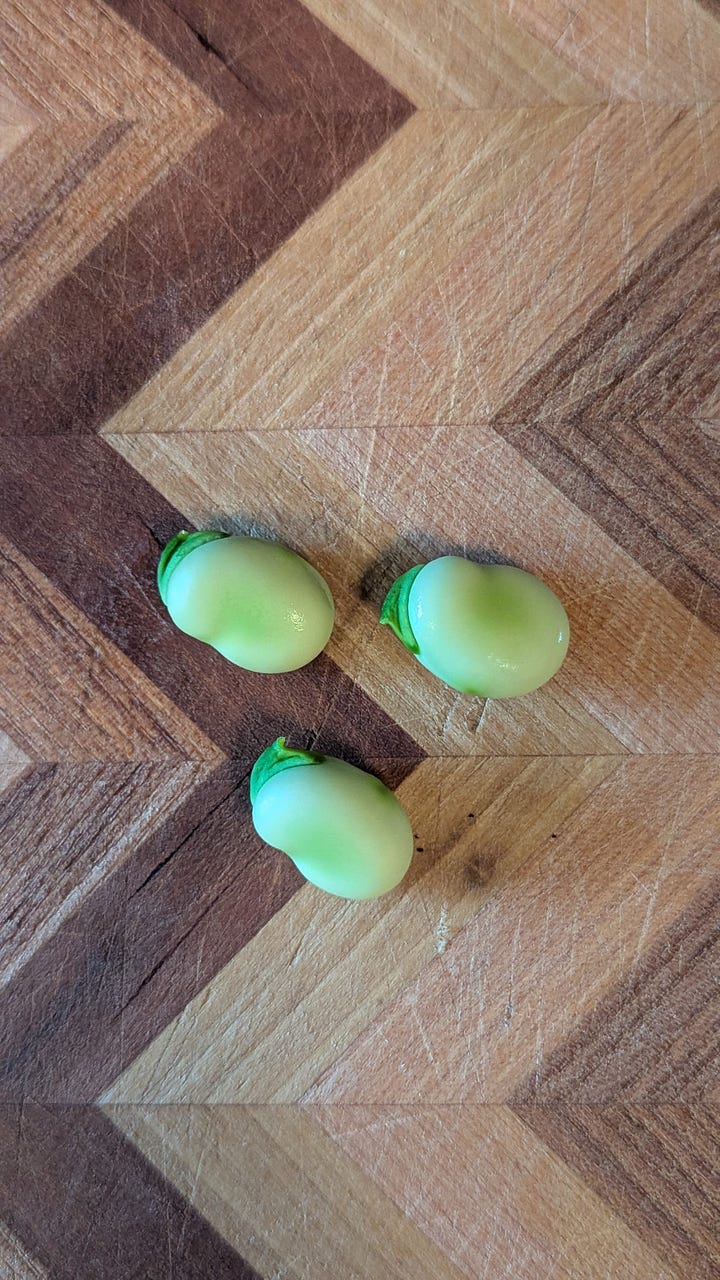
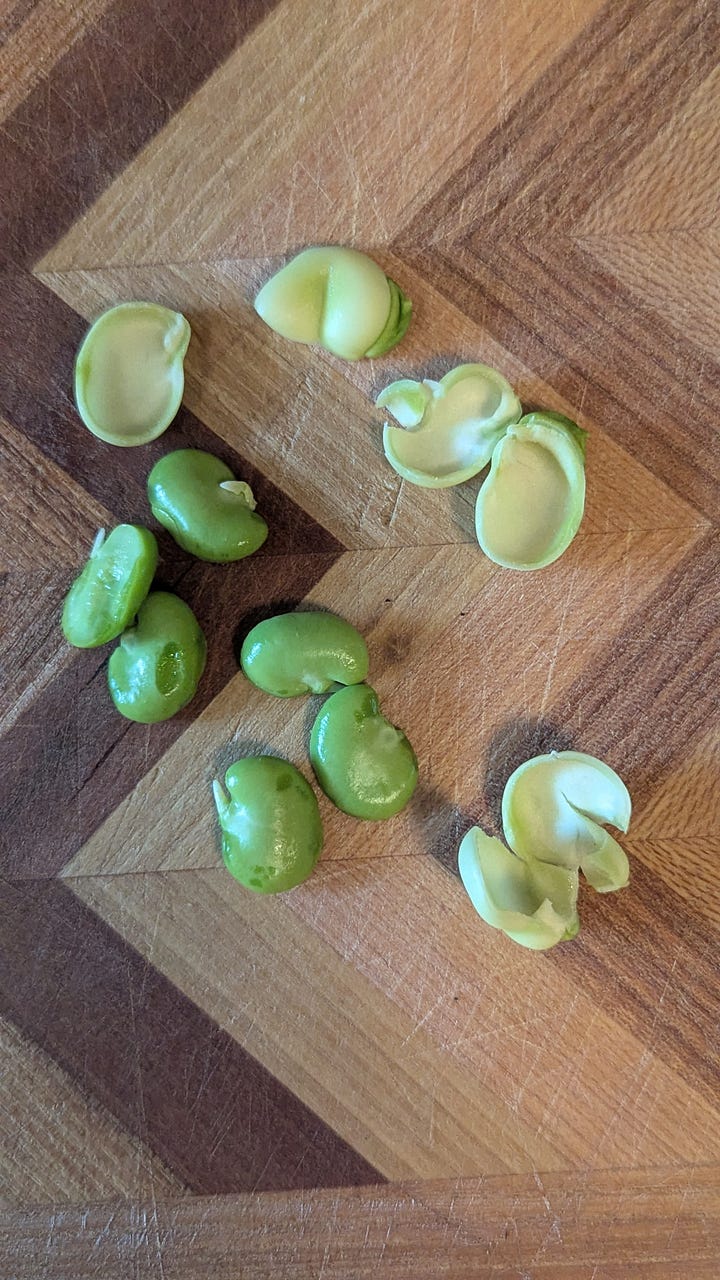



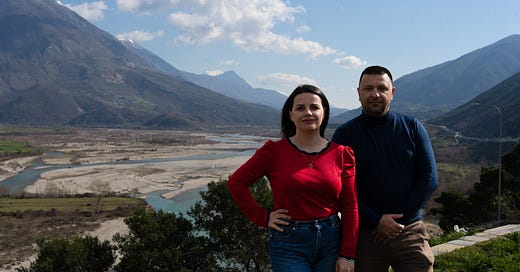


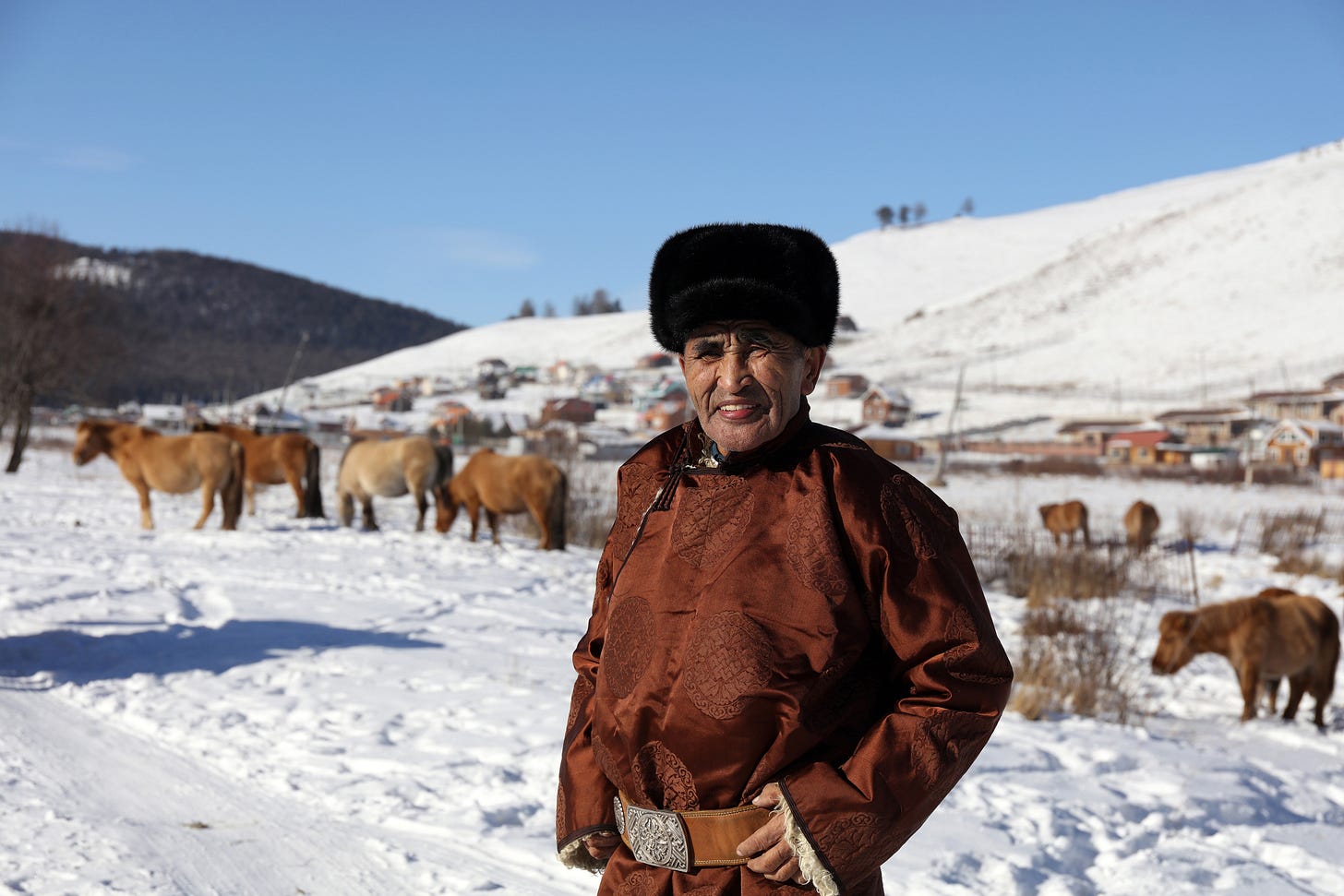

Thanks for a morning breakfast of inspiration.
We did this here in Oregon on the Klamath River. Real Riverkeepers!